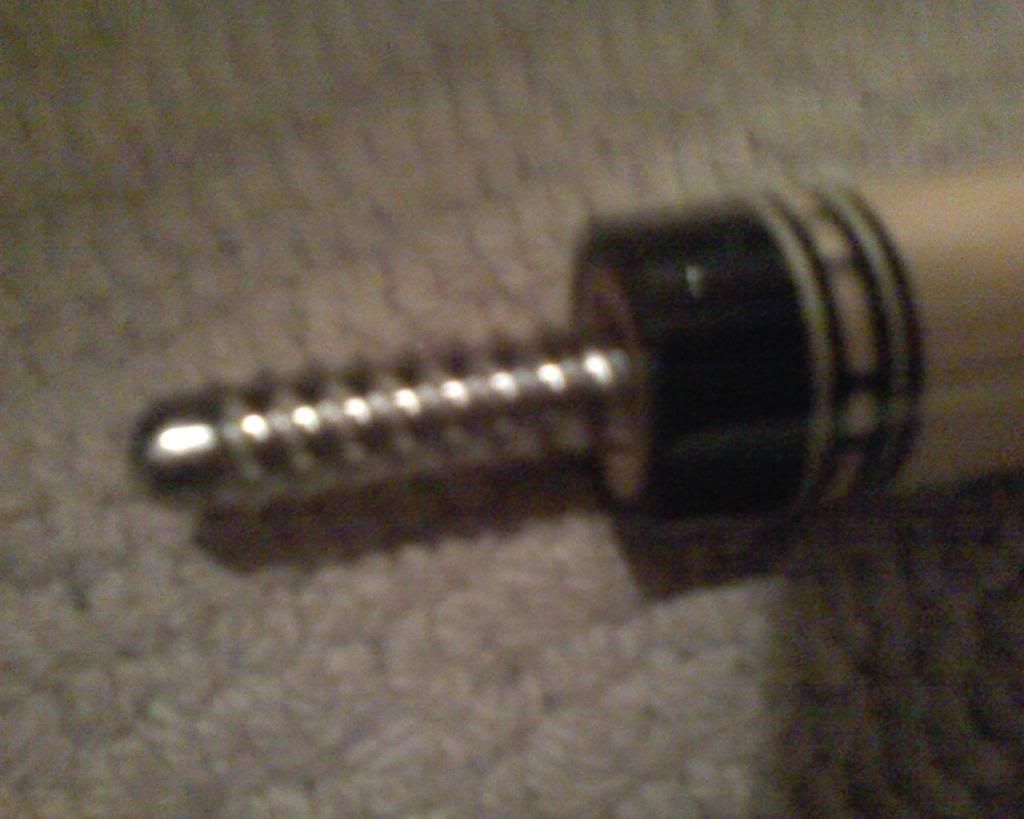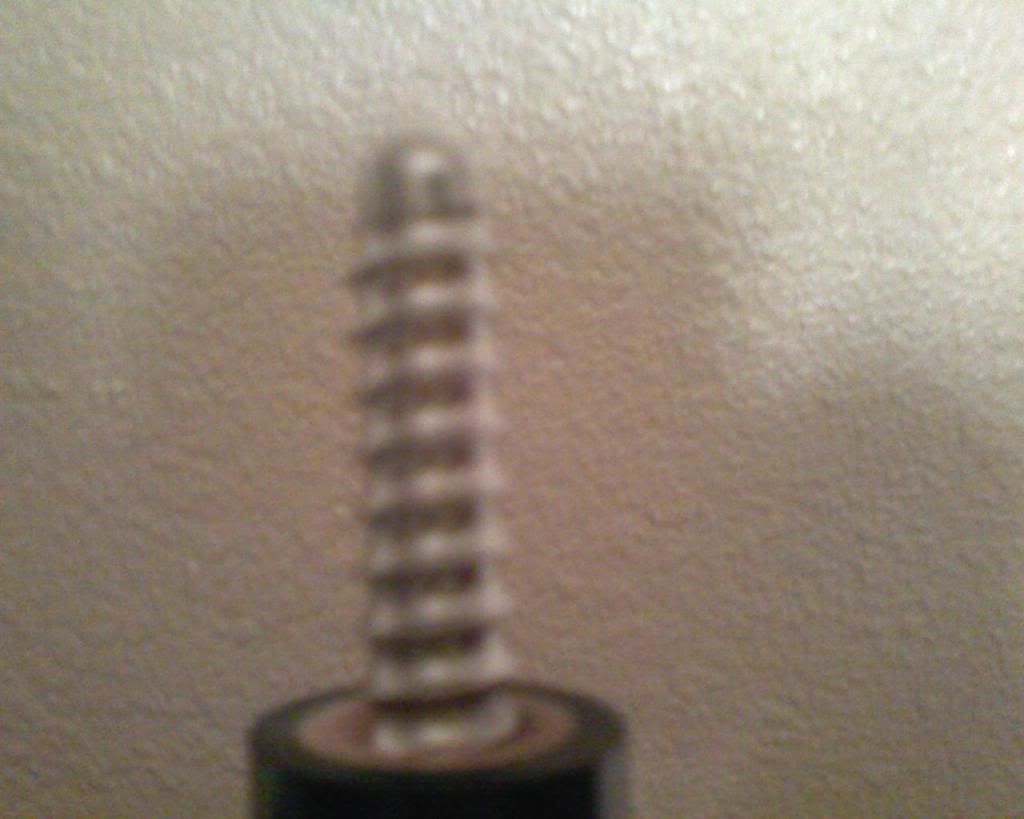> The Radial pin is an adaptation of a ball-screw thread,that is used to control backlash on machine tools like lathes and mills,although some of the research I did shows that this thread type also has surgical applications.
The real-deal pins are made by the same company that makes the Uni-Loc,and Bill Stroud of Joss West is generally credited for pioneering it in cue joints.
The reason it's called a radial thread is because the grooves have a specific RADIUS in the form,rather than a flat-bottomed Acme type or V-groove thread.
The Uni-Loc pins are 7.634 threads per inch,rather than a true 7 1/2 or 8.
A radius in correct terms is 1/2 of a full circle. The radius on the pins is .1309,just a couple of hairs bigger than a 1/8 radius,or a little bigger than half of a 1/4 circle.
I haven't seen one,but knowledgable people here have run into a Chinese import knock-off that is close but not quite the same,causing compatibility issues. There is also a hard-to-come-by tap for that one. There are no real shortage of taps for the Uni-Loc version,they are just expensive and only available to the public from places like Atlas or cuemakers like Mike Webb,who has taps for practically anything. Tommy D.





